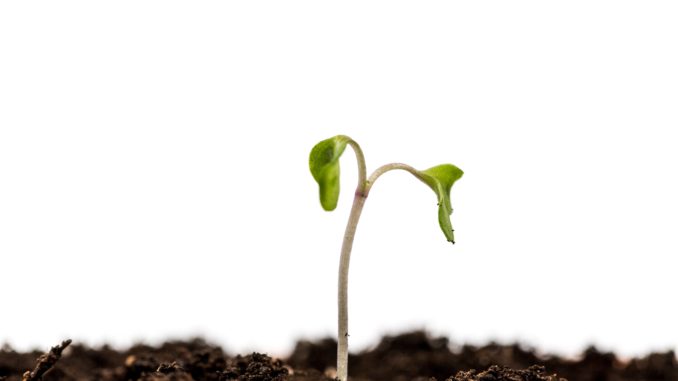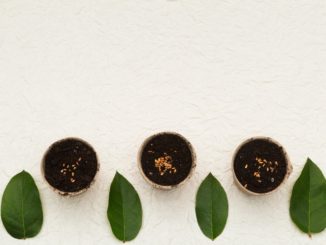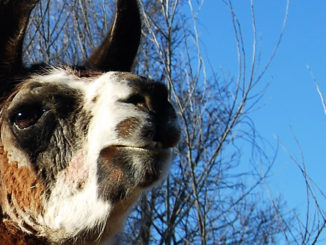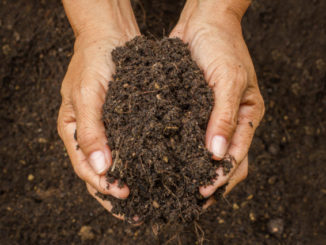
Composting is a way of converting garden waste, kitchen scraps, and other organic wastes into humus which is a partly decayed form of organic matter that is an important ingredient of healthy soil.
By Kathleen Miller
Gaia’s Farm and Gardens
Composting
There are many variations in composting techniques, but the basic idea is to let the biological action of bacteria and fungi heat the interior of the compost pile to 150 degrees, killing weed seeds and disease organisms.
The most efficient way to produce compost is in a bin or container to keep the material from spilling out. Build a compost pile, as layering a cake, water each layer as placed. The optimum height for a compost pile is about 4 feet.
A lower pile loses too much heat; a higher one packs down and interferes with the biological action. Length and width are optional, but remember that two small piles are easier to handle than one huge one. Start with a 2 to 3-inch layers of course materials, such as cornstalks or straw. The purpose of this is to let air into the bottom of the pile. If coarse material is not available, you can use a layer of sawdust or other absorbent material.
Only one layer of coarse or absorbent material is necessary. Next, add a 2 to 6-inch layers of organic material, such as garden waste or dead leaves. Then place 2 to 3 inches of manure or a light sprinkling of fertilizer to supply the nitrogen needed for the breakdown process. The next layer should be a thin cover of topsoil or old compost.
You can cover the pile with a sprinkling of lime, but it isn’t necessary. Repeat the process until the pile is about 4 feet high and water the pile. Moisture content is important for good composting. If the pile is too dry, the breakdown process slows to a halt; if too wet, undesirable biochemical reactions take place.
The pile should be about as damp as a just squeezed sponge. In dry weather water it every few days; in rainy weather cover it with a tarp or plastic sheet. The pile should be turned about once a week to aerate it. This procedure speeds decomposition combats order and mixes the material so it will decay at a uniform rate. To turn compost, take apart the old pile and put it together backward so that the material was on the outside of the old pile is in the center of the new pile.
Compost is ready to use when the pile no longer gives off heat or odor when and the material has turned brown and crumbly.
Gaia Grows Tips for Organic Fertilizer
Bone meal
Phosphorus, 20-25%
Very slow acting, Will not burn plants
Compost
Organic Matter
Best all-around natural fertilizer
Fish Meal
Nitrogen, 6-8%; Phosphorus, 13%; Potassium 3-4%
Quick Acting
Cow Manure
Nitrogen, 0.6%; Phosphorus, 0.15%; Potassium, 0.45%
Can be used directly on garden
Sheep Manure
Nitrogen, 2.5%; Phosphorus, 0.25; Phosphorus, 1.5%;
Aged or composted
Horse Manure
Nitrogen, 0.7%; Phosphorus, 0.25%; Potassium, 0.55%
Aged or composted
Poultry Manure
Nitrogen, 4.5%; Phosphorus, 3.2%; Potassium, 1.3%
Aged or composted
Support Northern Colorado Journalism
Show your support for North Forty News by helping us produce more content. It's a kind and simple gesture that will help us continue to bring more content to you.
BONUS - Donors get a link in their receipt to sign up for our once-per-week instant text messaging alert. Get your e-copy of North Forty News the moment it is released!
Click to Donate



